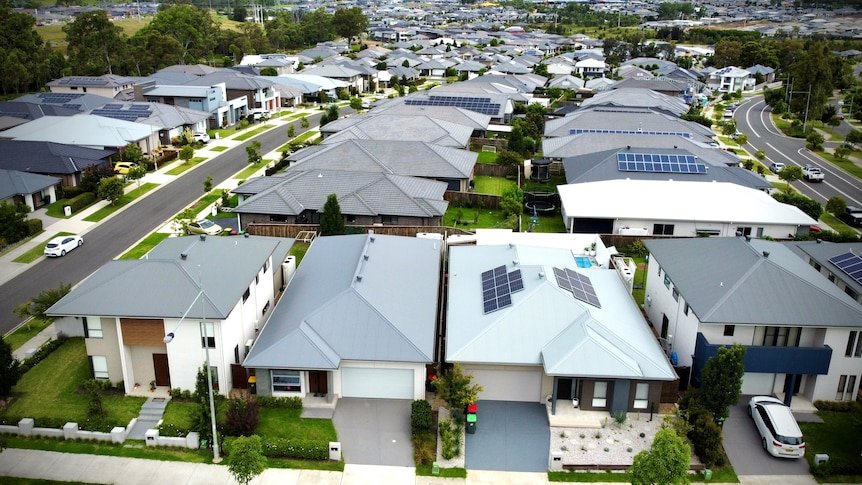Australian Landlords Suffer from Higher Interest Rates, Yet Negative Gearing Means Few Sell Up
The latest data from the Australian Taxation Office (ATO) reveals that higher interest rates have significantly impacted the profits of landlords, with net rental income plummeting 73% in the 2022-23 tax year.
However, despite this decline, the number of investors selling their properties has not increased substantially, thanks to the benefits of negative gearing.
Profitability Plummets, but Investors Hold On
In 2022-23, the average interest rate on variable-rate loans to property investors rose to 5.7%, causing a significant increase in interest paid by investors.
As a result, the net rental income of investors declined from $5.9 billion in 2021-22 to just $1.6 billion in 2022-23.

Despite this decline, the number of investors and the number of rentals they owned shrank by less than 1%, indicating that the drop in profitability did not trigger a widespread sell-off.
Negative Gearing and Capital Gains Discount
According to Rachel Ong ViforJ, professor of economics at Curtin University, the lack of a significant sell-off can be attributed to the benefits of negative gearing, which allows investors to reduce their personal tax bills by offsetting rental losses against their other income.
Additionally, the 50% capital gains discount provides a substantial tax break when properties are sold, making property investing an attractive option.
Government Revenue Lost
A Parliamentary Budget Office (PBO) analysis estimates that negative gearing led to lost tax revenues of $3.5 billion in 2022-23, with this figure expected to rise to $5.2 billion in 2023-24 and $14.1 billion by 2035-36.
The PBO analysis also reveals that the top 10% of wage earners in Australia benefit disproportionately from negative gearing and the capital gains discount.
Call to Limit Negative Gearing
Greg Jericho, chief economist at the Australia Institute, suggests that limiting negative gearing to one or two rental properties per investor could help reduce the burden on the government’s coffers.
This move would not affect around 90% of current investors, but could help to reduce the incentive for wealthy investors to accumulate multiple rental properties.

